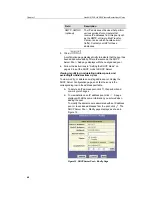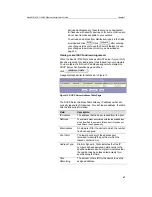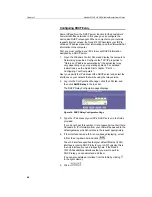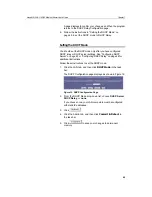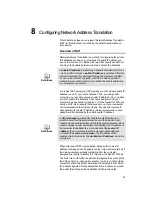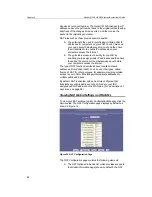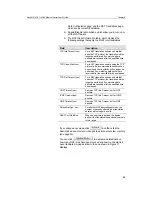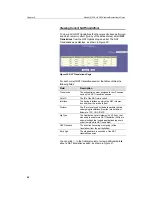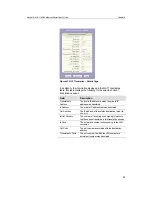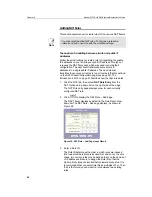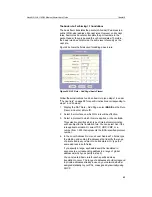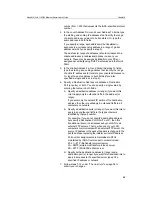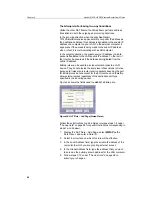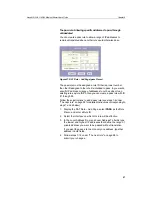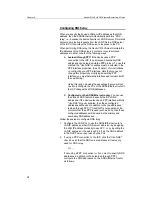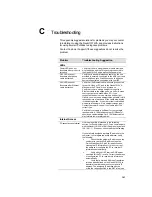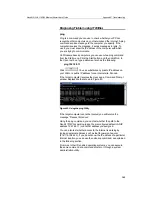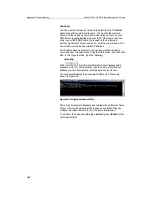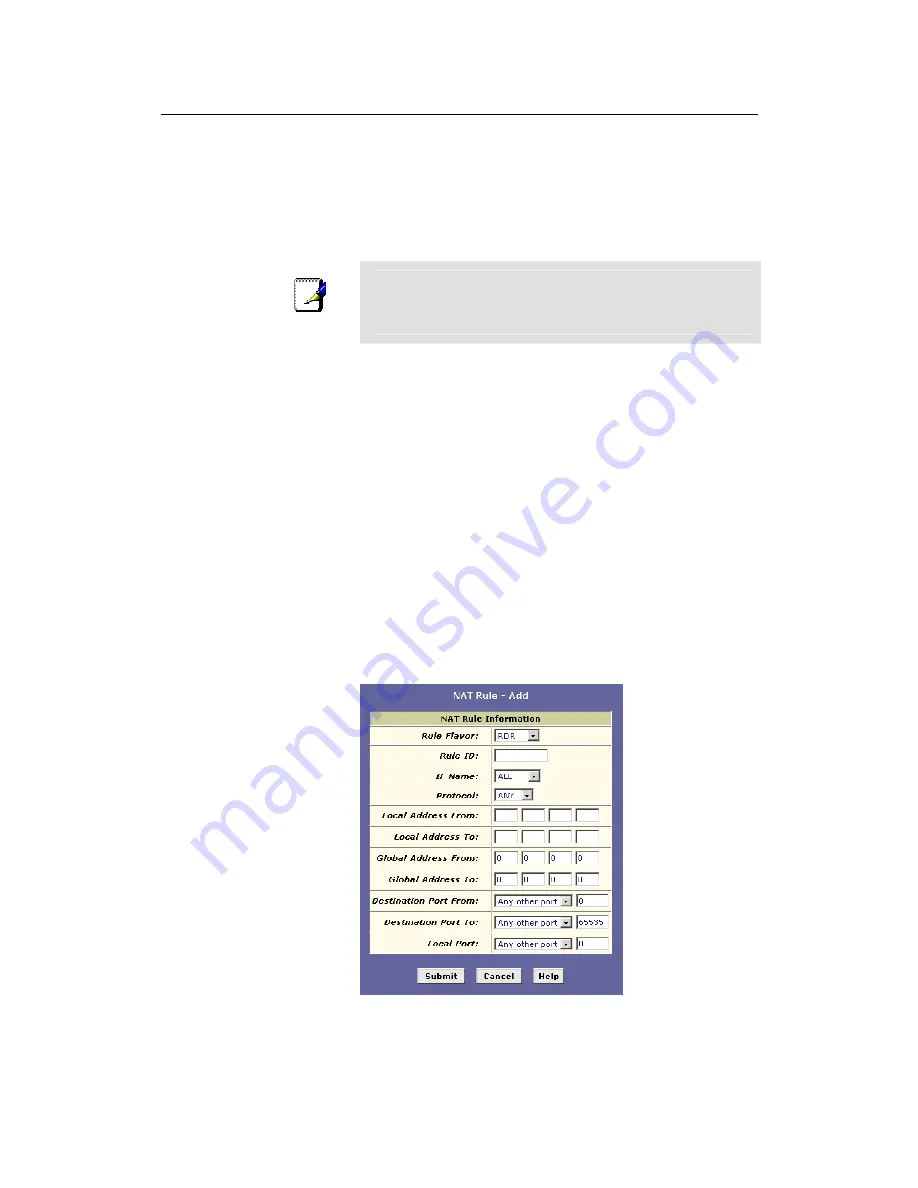
Chapter 8
Neobit 1012VA-II ADSL Ethernet Router User’s Guide
60
The rdr rule: Allowing external access to a LAN computer
You can create an rdr rule to make a computer on your LAN, such
as a Web or FTP server, available to Internet users without
requiring you to obtain a public IP address for that computer. The
computer’s private IP address is translated to your public IP
address in all incoming and outgoing data packets.
Note
Without an rdr rule (or bitmap rule described on page 66), the
Neobit 1012VAblocks attempts by external computers to access
your LAN computers.
The following example illustrates using the rdr rule to provide
external access to your web server:
Your ADSL/Ethernet router receives a packet containing a
request for access to your Web server. The packet header
contains the public address for your LAN as the destination IP
address, and a destination port number of 80. Because you
have set up an rdr rule for incoming packets with destination
port 80, the device recognizes the data as a request for Web
server access. The device changes the packet's destination
address to the private IP address of your Web server and
forwards the data packet to it.
Your Web server sends data packets in response. Before the
ADSL/Ethernet router forwards them on to the Internet, it
changes the source IP address in the data packets from the
Web server's private address to your LAN's public address. To
an external Internet user then, it appears as if your Web server
uses your public IP address.
Figure 23 shows the fields used to establish an rdr rule:
Figure 23. NAT Rule – Add Page (rdr Flavor)

